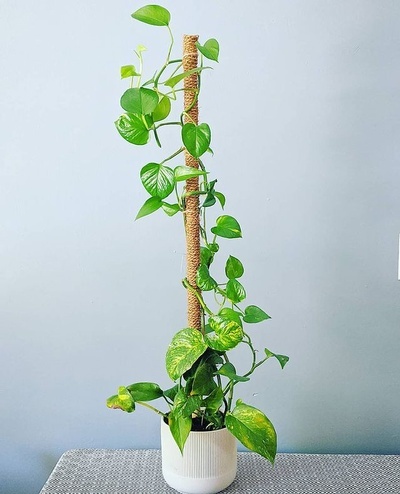Visit us at 1640 Dupont St., Toronto | We deliver locally within the GTA. $30 minimum order required.
- Home
- Plants
-
Pots & Planters
- All Pots & Planters
-
Boutique Pots
- All Boutique Pots
- Ceramic Pots with Drainage (Momma Pots)
- Large Fiberstone Planters (Common House Studio)
- Resin Pots & Hanging Planters (Capra Designs)
- LAST RUN Clay Pots & Stands (Peach & Pebble)
- Textured Neutral Planters (Hudson & Oak)
- 3D Printed Eco Planters (Conifer Homewares)
- Eco Wall Planters (Wallygrow)
- Upcycled Modern Planters (Kanso Designs)
- Handmade Planters
- Mini Pots (fits 2" - 3")
- Small Pots (fits 3.5" - 5")
- Medium Pots (fits 5.5" - 7.5")
- Large Pots (fits 8" - 14")
- Plant Stands
- Pots with Drainage
- Hanging Planters
- Plant-Care
- Gift Ideas
- Blog
- Our Services
- SALE!!!
- Rewards


